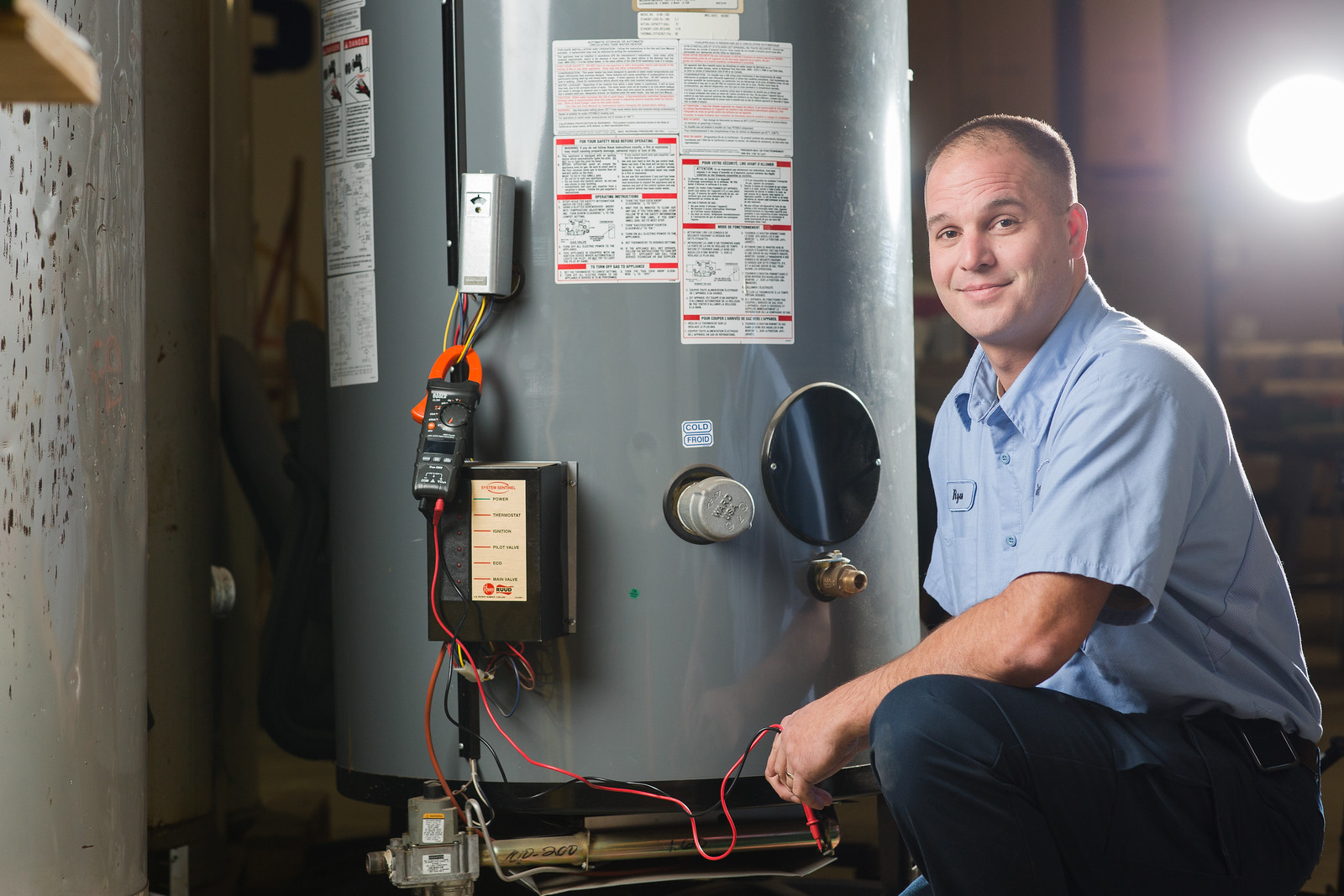This article further down in relation to Tips on Maintaining a Water Heater is immensely attention-grabbing. You should investigate it.

Warm water is essential for everyday comfort, whether it's for a rejuvenating shower or washing recipes. To ensure your warm water system runs efficiently and lasts much longer, regular upkeep is vital. This short article supplies functional tips and understandings on exactly how to keep your home's hot water system to stay clear of interruptions and costly repair services.
Introduction
Preserving your home's hot water system may seem complicated, but with a couple of straightforward steps, you can ensure it runs efficiently for years ahead. This overview covers every little thing from recognizing your warm water system to do it yourself upkeep ideas and recognizing when to call specialist aid.
Relevance of Keeping Your Warm Water System
Normal upkeep not just extends the life-span of your hot water system however additionally guarantees it operates efficiently. Ignoring upkeep can bring about decreased effectiveness, greater power bills, and even early failing of the system.
Signs Your Hot Water System Requirements Upkeep
Recognizing when your hot water system needs interest can stop significant issues. Look out for indications such as irregular water temperature, weird sounds from the heating system, or corroded water.
Recognizing Your Warm Water System
Prior to diving right into upkeep jobs, it's practical to understand the fundamental elements of your warm water system. Commonly, this consists of the water heater itself, pipes, anode rods, and temperature controls.
Monthly Maintenance Tasks
Regular monthly checks can aid capture small problems before they intensify.
Flushing the Water Heater
Flushing your water heater removes sediment buildup, enhancing effectiveness and extending its life.
Checking and Replacing Anode Rods
Anode rods stop rust inside the storage tank. Checking and changing them when worn is vital.
Checking and Readjusting Temperature Level Setups
Changing the temperature level setups makes sure ideal performance and safety.
DIY Tips for Maintenance
You can execute numerous upkeep tasks yourself to keep your hot water system in top problem.
Looking for Leakages
On a regular basis examine pipes and links for leakages, as these can cause water damages and higher bills.
Testing Stress Alleviation Valves
Checking the pressure relief valve guarantees it works properly and avoids excessive stress build-up.
Protecting Pipes
Insulating warm water pipelines decreases heat loss and can conserve power.
When to Call an Expert
While DIY upkeep is valuable, some problems need professional expertise.
Facility Problems Requiring Specialist Assistance
Examples consist of significant leaks, electric troubles, or if your water heater is consistently underperforming.
Routine Professional Upkeep Advantages
Professional upkeep can include thorough assessments, tune-ups, and ensuring conformity with safety and security requirements.
Final thought
Regular upkeep of your home's hot water system is essential for performance, longevity, and price savings. By following these ideas and knowing when to look for professional aid, you can guarantee a trusted supply of hot water without unforeseen disruptions.
How to Maintain an Instant Hot Water Heater
Before tinkering with your hot water heater, make sure that it’s not powered on. You also have to turn off the main circuit breaker and shut off the main gas line to prevent accidents. Also turn off the water valves connected to your unit to prevent water from flowing into and out of the appliance. 2. When you’re done, you have to detach the purge valves’ caps. These look like the letter “T†and are situated on either side of the water valves. Doing so will release any pressure that has accumulated inside the valves while at the same time avoid hot water from shooting out and burning your skin. 3. When the purge valves’ caps are removed, you have to connect your hosing lines to the valves. Your unit should have come with three hoses but if it didn’t, you can purchase these things from any hardware or home repair shops. You can also get them from retail stores that sell water heating systems. Read the user’s manual and follow it to complete this task properly. When the hosing lines are connected, open the purge port’s valves. 4. You should never use harsh chemical cleaners or solutions when cleaning your unit. Make use of white vinegar instead. It should be undiluted and you’ll probably use about 2 gallons. 5. Now flush your water heater. This task should probably take about 40 minutes. We can’t give you specific directions for this because the procedure is carried out depending on the type, model and brand of your heater. With that being said, refer to the user’s manual. 6. When you’re done draining the unit, you have to turn off the purge port valves again. Remove the hosing lines that you earlier installed on each of the water valves. Put the valve caps (purge port) back in their respective places and be very careful so as not to damage the rubber discs that are found inside these caps. 7. Now that everything’s back in place, check your user’s manual again to find out how to reactivate your water heating system. 8. Once it is working, turn one of your hot water faucets on just to let air pass through the heater’s water supply pipes. Leave the tap on until water flows smoothly out of it. https://www.orrplumbing.com/blog/2014/september/how-to-maintain-an-instant-hot-water-heater/

As a fervent person who reads about Tips For Maintaining Your Hot Water Heater, I thought sharing that excerpt was important. I beg you pause to distribute this blog entry if you appreciated it. Kudos for your time. Come back soon.
Click Here